- Home
- Office Supplies
- Computer Supplies Media
Computer Supplies & Media
Computer supplies and media keep devices connected, organized, and working efficiently. Computer connection cables, adapters, and splitters connect computers to auxiliary devices and accessories. Webcams are used for video conferences and remote meetings. Computer storage devices store digital files .....Read More
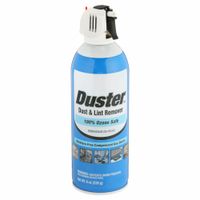
Aerosol Dusters, Screen & Equipment Cleaners
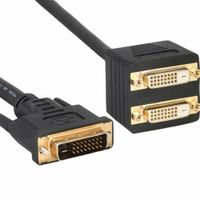
Computer Adapters & Splitters
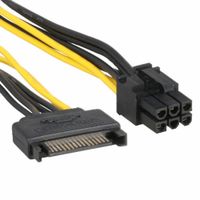
Computer Connection Cables
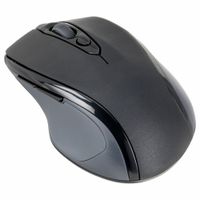
Computer Mice

Computer Monitor Arms
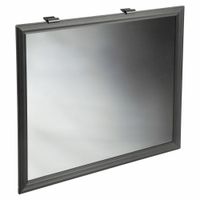
Computer Screen Filters
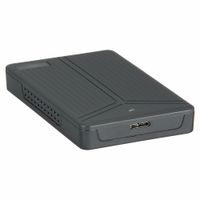
Computer Storage Devices
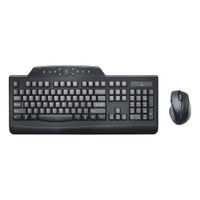
Keyboard & Mouse Sets

Keyboards

Mouse Pads & Wrist Rests

Portable Monitors
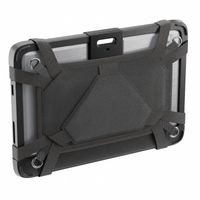
Tablet Holders, Stands & Cases

Webcams
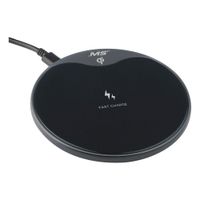
Wireless Phone Chargers
Frequently Asked Questions
What are the best computer connection cables for high-speed data transfer?
How do I choose the right adapter or splitter for my computer setup?
What features should I look for in a high-quality webcam for video conferencing?
What are the most reliable computer storage devices for data backup?
How do I select the best keyboard and mouse set for ergonomic use?
What are the benefits of using a computer monitor arm?
How can I ensure my tablet holder or stand is secure and ergonomic?
What are the advantages of using a mouse pad with a wrist rest?
How do computer screen filters enhance privacy and security?
What is the best way to clean and maintain my computer and peripherals?